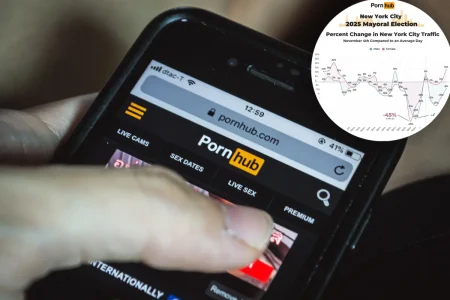Navigating the Early Black Friday Shopping Landscape: A Savvy Consumer’s Guide
The tradition of Black Friday shopping has transformed dramatically over the years, evolving from a single-day event into a weeks-long season of deals. As a shopping expert with over five years covering holiday sales, I’ve watched retailers push their Black Friday promotions earlier each year—sometimes beginning as early as late October. This strategic shift raises an important question for consumers: Are these early Black Friday deals actually worth your time and money?
The answer isn’t straightforward. Early Black Friday deals can offer genuine value, but they require smart assessment. These pre-holiday promotions emerged as retailers sought to extend the shopping window and ease logistical pressures of the traditional post-Thanksgiving rush. They offer several distinct advantages for shoppers: inventory is typically more plentiful during early sales, allowing access to a wider selection of sizes, colors, and models than what might remain during the main event. The shopping experience itself tends to be less stressful without the competitive frenzy that characterizes Black Friday proper. According to Amy Anderson from the LTK shopping platform, “More than half of consumers expect inventory shortages, driving earlier shopping,” and product availability now ranks higher than price for many holiday purchase decisions. This shift in consumer priorities has made early shopping more appealing to those who prioritize securing specific items over finding the absolute lowest price.
However, approaching early Black Friday sales requires caution and strategy. Not all early promotions deliver the best value of the season. Retailers often reserve their deepest discounts for the main event or limited-time doorbusters on Black Friday itself. There’s also the risk of “false urgency”—marketing tactics that create the impression of exceptional value when the discount is actually modest compared to the item’s typical sale price. Additionally, popular items might still sell out before better pricing becomes available during the main event, creating a dilemma: secure the item now at a good price, or gamble on better savings later with the risk of missing out entirely. This calculation becomes even more complicated for highly specific variants like particular clothing sizes or limited-edition colors, which may disappear from inventory quickly.
To determine whether an early Black Friday deal truly merits your attention, I’ve developed a practical evaluation framework based on years of analyzing holiday promotions. Start by checking historical pricing data to understand whether the current discount represents a genuine departure from normal sales patterns. Consider the inventory situation and product version—newer models might be worth securing early, while last year’s versions could see deeper discounts later in the season. Pay attention to the retailer’s promotional timeline and competitor behavior; many stores now run structured deal “waves” with different products featured at different times. Investigate the return options and price-match policies to determine whether you’ll be protected if prices drop further after purchase. Finally, leverage price-tracking tools and alerts to monitor items of interest throughout the season, ensuring you can still act if better deals emerge.
A balanced approach combines opportunistic early shopping with strategic patience. For must-have items—especially high-demand electronics, appliances, or specific gift list items—early deals often make sense, provided you’ve verified the discount is substantial. For more flexible purchases where you have less attachment to specific brands or models, waiting for the main Black Friday window or Cyber Monday can yield better savings. This hybrid strategy acknowledges the reality of modern holiday shopping: it’s no longer a single-day event but rather an extended season with different phases, each offering distinct advantages and trade-offs. Major retailers like Walmart and Amazon have embraced this structure, releasing different promotions throughout November leading up to the traditional Black Friday date.
The transformation of Black Friday into an extended shopping season reflects broader changes in retail and consumer behavior. While the traditional post-Thanksgiving shopping day (November 28 for 2025) remains significant, savvy shoppers now view the entire period from late October through Cyber Monday as a unified opportunity to maximize value. Early Black Friday deals can absolutely be worthwhile investments when approached with the right information and expectations. The key lies in balancing the security of early availability against the potential for deeper discounts later. By researching price histories, understanding retailer strategies, and being realistic about your priorities (is getting the exact item more important than getting the absolute lowest price?), you can navigate this complex landscape with confidence. Whether you choose to shop early or wait for the main event, the most important factor is making informed decisions rather than being swept up in marketing urgency. With careful planning and strategic thinking, this extended Black Friday season offers more opportunities than ever to find exceptional value on the items that matter most to you.















